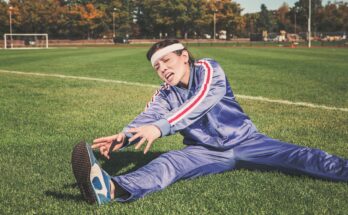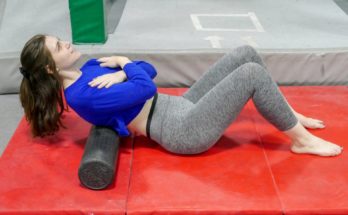
Just about everything we do in our lives from physical activity and our jobs creates habitual patterns of movement that can form muscle imbalances. A muscle imbalance can cause various issues from chronic pain and underperformance. Corrective exercises are used to repair muscle imbalances.
Let’s say we work at a desk all day. When we are sitting at the desk, our hip flexors are shortened and our glutes are lengthened. Because of this, often our hip flexors become overactive, meaning our brain is more likely to engage these muscles. Conversely, our glutes become underactive, meaning our brain has problems activating and using these muscles. Underactive muscles tend to become weak and difficult to train!

Corrective exercises are designed to try and activate and strengthen muscles negatively affected in a muscle imbalance. The point of a corrective exercise is to be able to contract and utilize the intended muscle. Corrective exercises are often specific movements that should elicit the use of an isolated muscle.
Any exercise can be utilized as a corrective exercise. The important thing to understand is the intent of the exercise: to strengthen a specific weakened muscle that is part of a muscle imbalance. We want to be able to squeeze and utilize the intended muscle and not other muscle groups.

If you have weak glutes from sitting all day, it’s very likely other muscles are compensating for the lack of function. When the glutes are weakened and underactive, it’s very common for the hamstrings to take over their function. We see this dynamic in muscle imbalances all throughout the body. This is why it can be ineffective to choose large compound movements as a corrective exercise. Large compound movements can cause your body to compensate with other muscle groups, allowing the muscle imbalance to continue to develop.
Corrective exercises are used to treat tendonitis, as injury prevention, pain management, post
After performing an assessment you can begin to understand what particular muscle imbalances you might have, and gain insight into what muscles you might have problems activating and strengthening. Including corrective exercises for those muscles into your training program might be a good idea!



